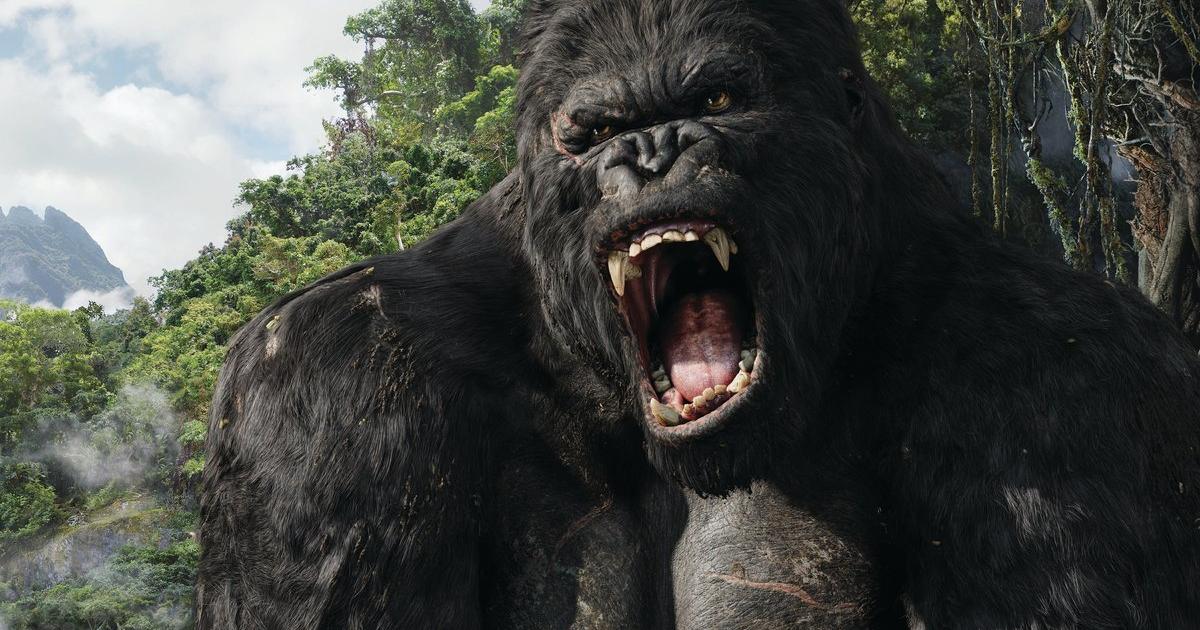Its height is estimated at three meters and its weight reaches 300 kilograms Gigantopithecus blackie the biggest monkey, who walked on earth. Through a comprehensive analysis of previous discoveries, an international research team has now determined when this massive giant… Primates in South Asia He died – and why.
Indeed that one The story of discovery The giant ape looks adventurous: a German paleontologist has found its trace Gustav Heinrich Ralph von Königswald 1935 In Hong Kong the pharmacy has a significantly large pharmacy Molar teeth are like dragon teeth Peddler Despite decades of intense research, only four jaw bones and nearly 2,000 individual teeth provide evidence of the species' past existence, the group led by Keira Westaway of Macquarie University in Sydney wrote in the journal Nature.
The researchers concluded several things from this: in addition to size and weight, for example, the large ape At least 2.2 million years ago It lived in forests, especially in southern what is now China, followed a purely vegetarian diet, and disappeared 330,000 years ago. However, such dating has been controversial until now.
➤ Read more: Neanderthal genes make us more sensitive to pain
The decline came with changes in the environment and with more drought
For greater clarity, the team first dated the layers of the discovery 22 caves Using six different methods: According to this, G. blacki lived 2.3 million years ago, but disappeared only about 255,000 years ago. Pollen analyzes suggest that the ecology of great apes changed markedly over the course of 2 million years: while the species flourished and increased in size until about 700,000 years ago, a decline likely occurred after that.
The primary forest with dense treetops gradually gave way to one Grasslands with fewer trees but rich in ferns. In addition, more distinct classes seem to have developed. The remains of the charcoal show that it burned more frequently, which means it also became drier.
➤ Read more: Bigfoot, Yeti, Sasquatch: Are there mysterious ape people?
This change had a particularly negative impact on this The nutritional spectrum is based on a lot of fruit Giant apes get water. Analyzes of tooth enamel suggest that G. blacki was unable to adapt to long-term changes – unlike its Chinese relative. Orangutans (Pongo weidenreichi), which became extinct much later. “G. blacki was the ultimate specialist compared to agile adapters such as orangutans, and this ultimately led to its demise,” said co-author Yingqi Zhang of the Chinese Academy of Sciences.
Long breeding times contributed to their demise
that Home Like this too population According to the research team, the number of sites and excavations decreased significantly in the late stage. It is also possible that they contributed to the prolonged fall Breeding time The research group speculates that the giant ape and its enormous size hinder its movement.
However, there is no evidence that human species living in East Asia at the time – such as the Denisovans – were involved, even if such groups were apparently widespread in South Asia at the time. However, the most successful species had not yet left Africa at that time: man Homo sapiens They just appeared 255,000 years ago.
➤ Read more: Nobel Prize in Medicine: What links Neanderthals and Covid-19?

“Total coffee aficionado. Travel buff. Music ninja. Bacon nerd. Beeraholic.”








More Stories
Coral Seeding: Artificial Insemination Makes Coral More Heat Tolerant
Fear, Anger, and Denial: How People Respond to Climate Change – Research
LKH Graz: Using radiation to combat heart arrhythmias